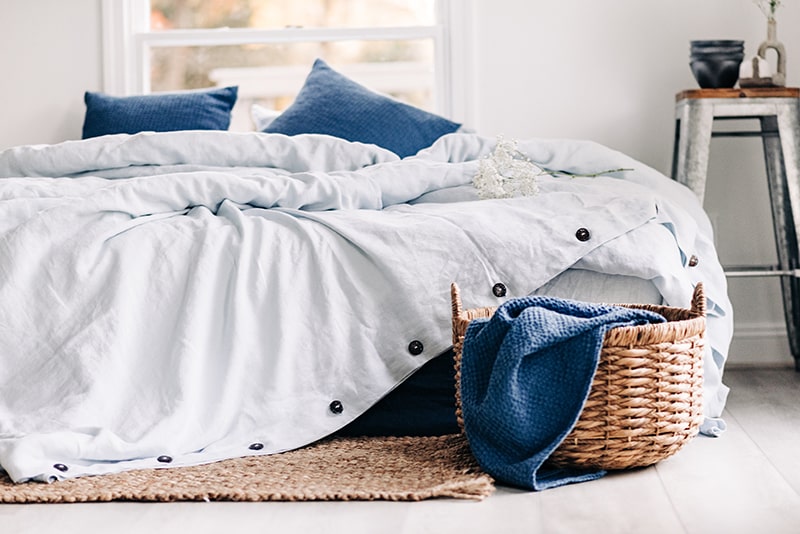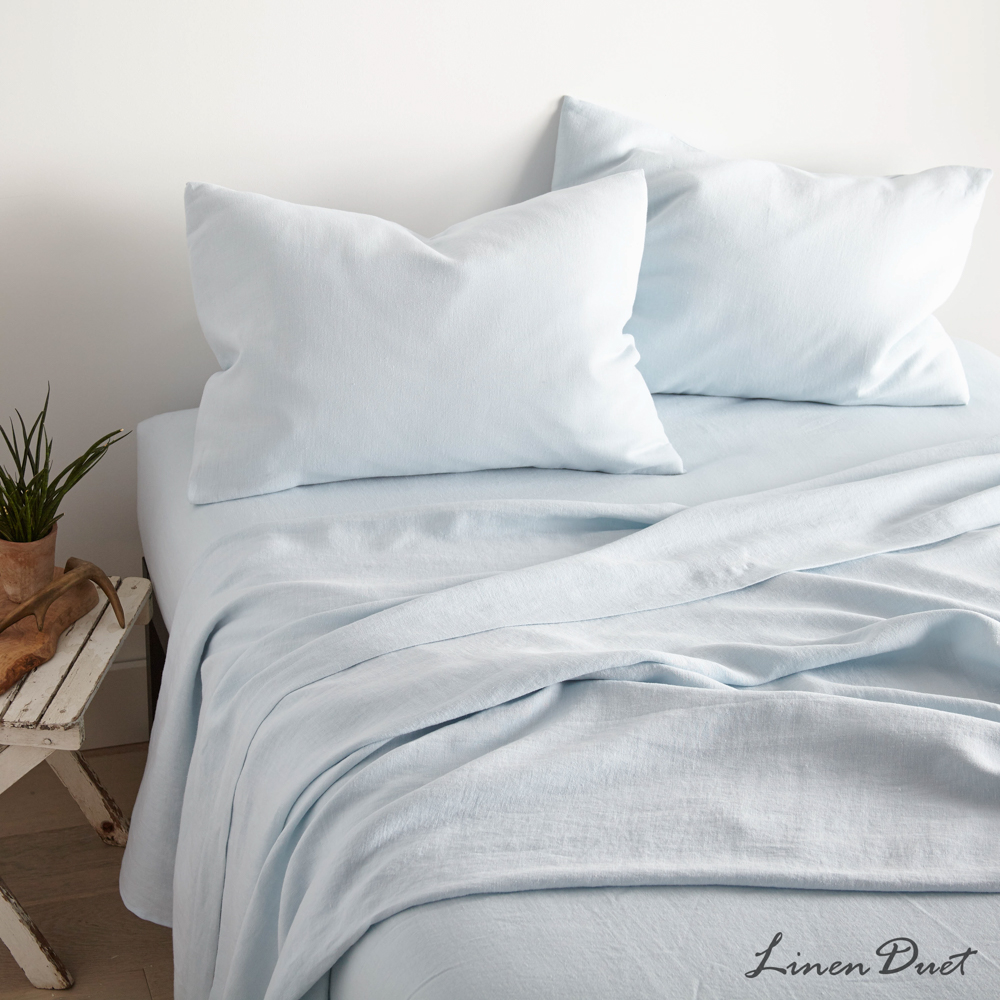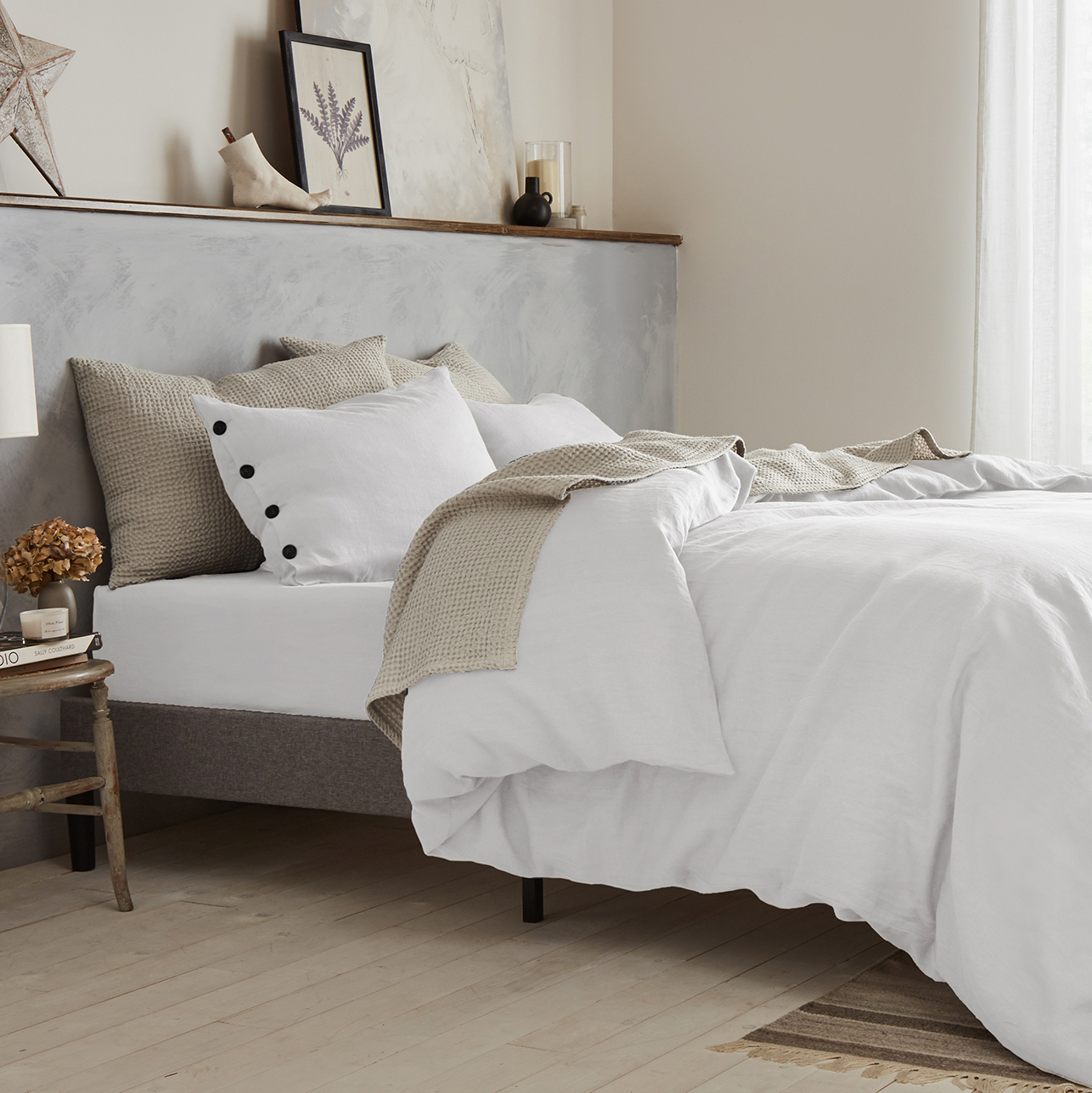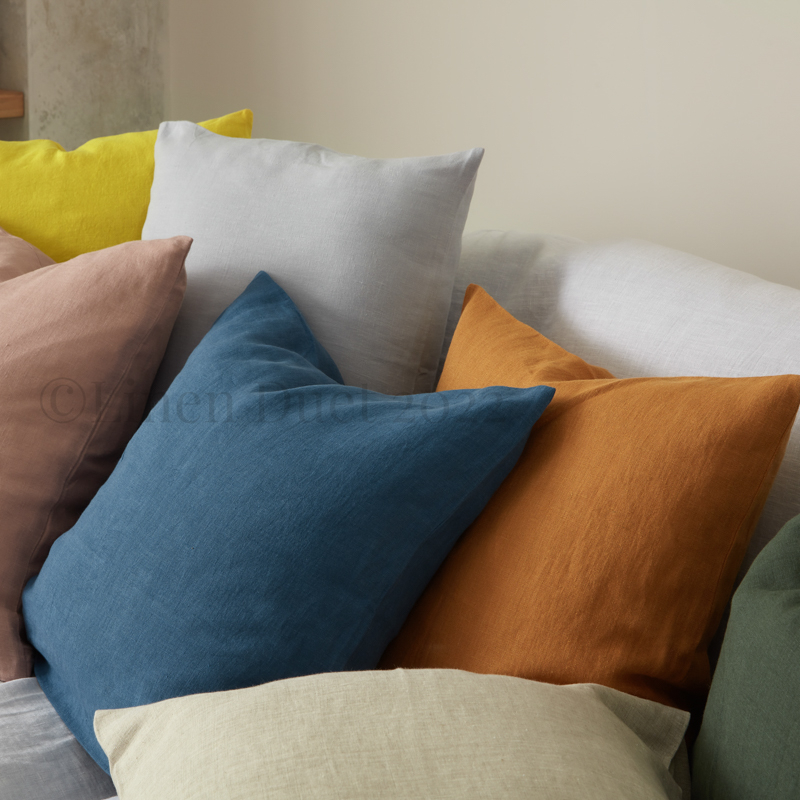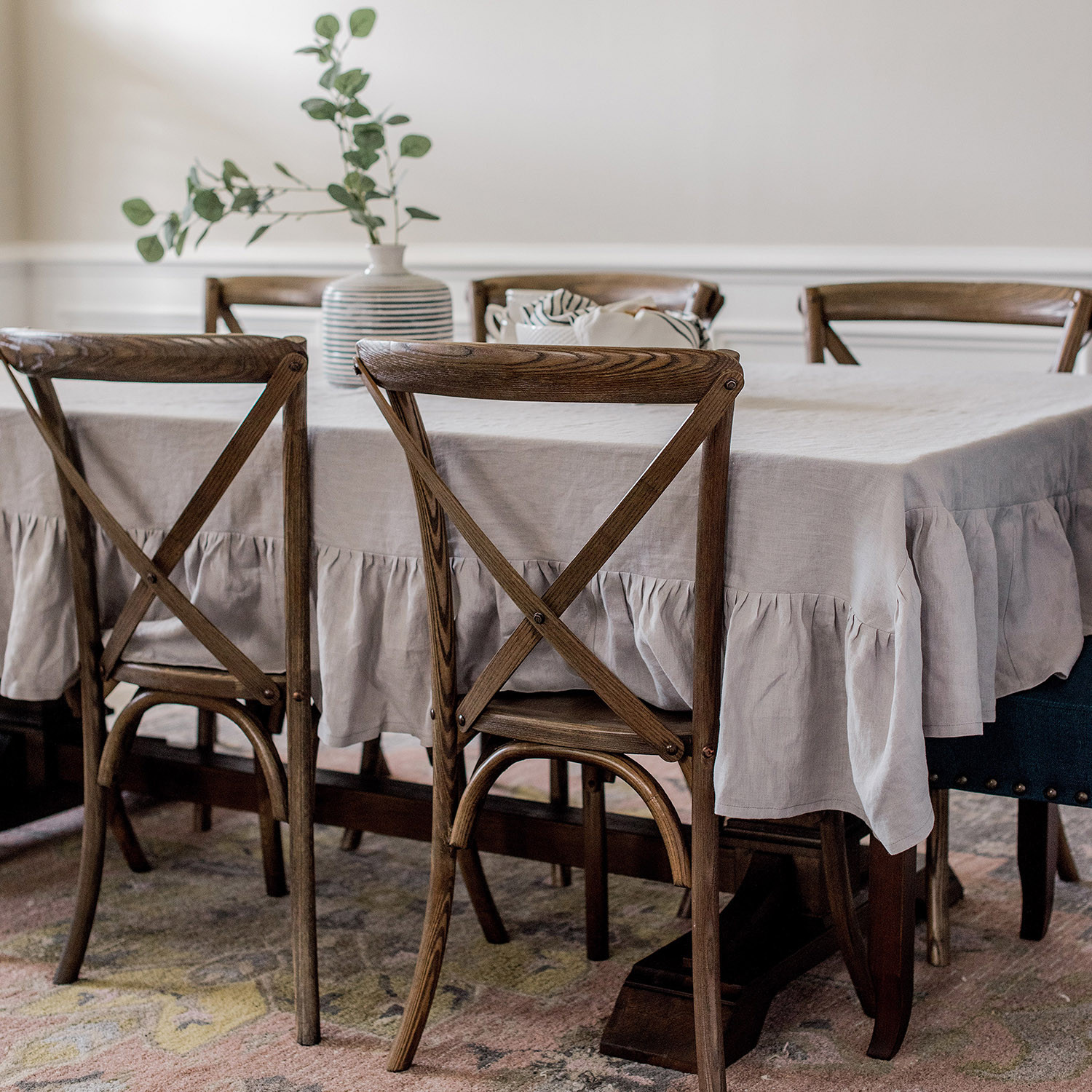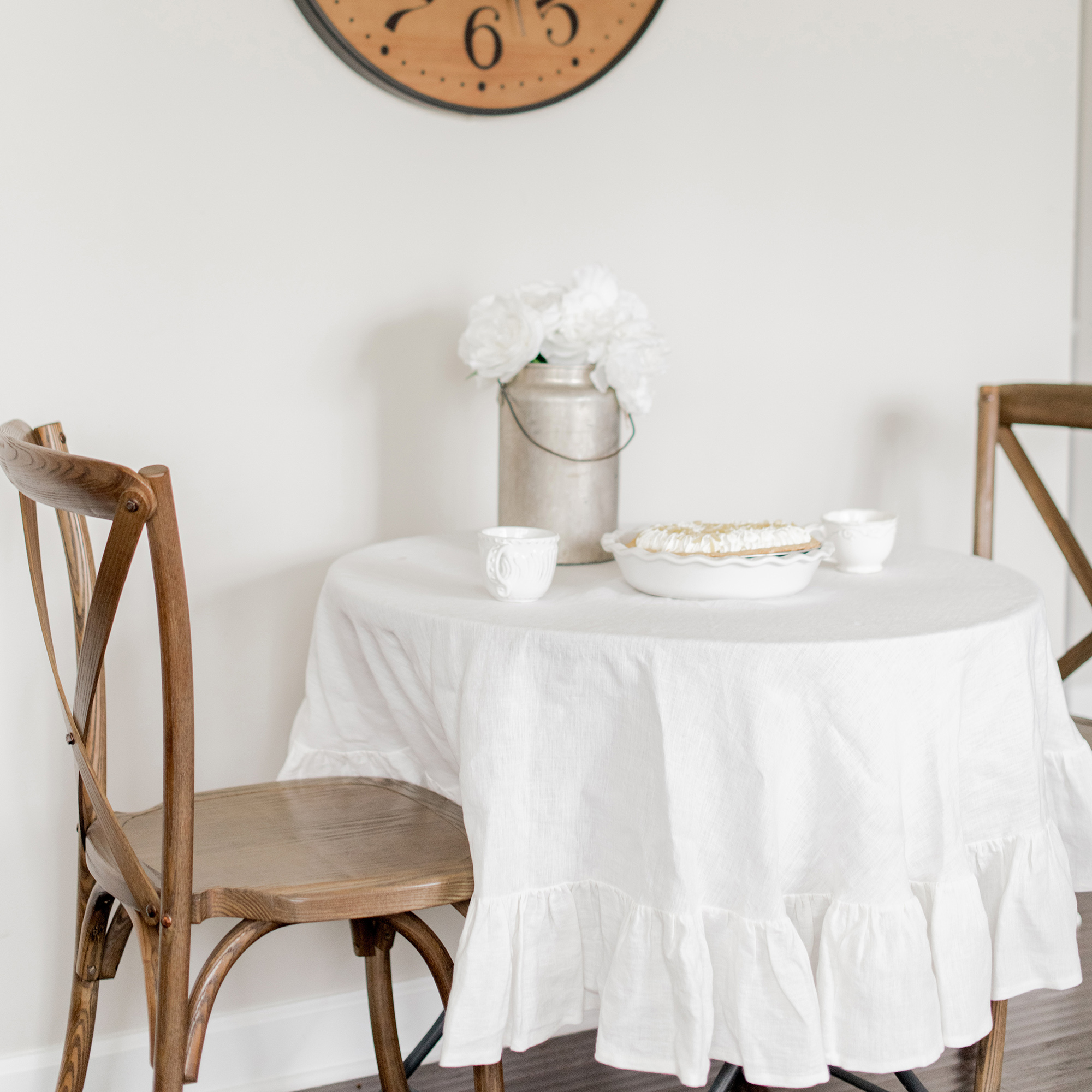Why is Linen Sustainable?
Thoughts of sustainability have not always been in the forefront of people’s minds. As time has gone on, the desire to take greater care of our planet has increased by many, with the desire to benefit future generations to come.
The popularity of sustainability began in 1987, when a publication called the “Brundtland Report” used the term, “sustainable development.” While the concern of the population growing faster than the natural resources available dates back further, the active involvement for sustainability has been most prevalent for under 35 years.
And so, why (and how) is linen sustainable, and why is it good for the planet?
First, linen is a stiff, thicker fabric made from the flax plant.

It is a breathable material that holds in warmth when the weather is cool and keeps you cooler when the weather is warm. In fact, because it absorbs moisture and loses it quickly, many people opt for this material in hot climates. Even when absorbed, the material doesn’t feel overly damp against a person’s skin.
What isn’t used (from the flax plant) for the making of linen goes on to make other by-products of flax. Linseed oil is one of the by-products, used in varnishes, inks, soaps, and for preserving wood. Flaxseed oil has omega-3 fatty acid and is used in margarines and salad dressings. And not to mention simply putting flax seeds in some of your foods!
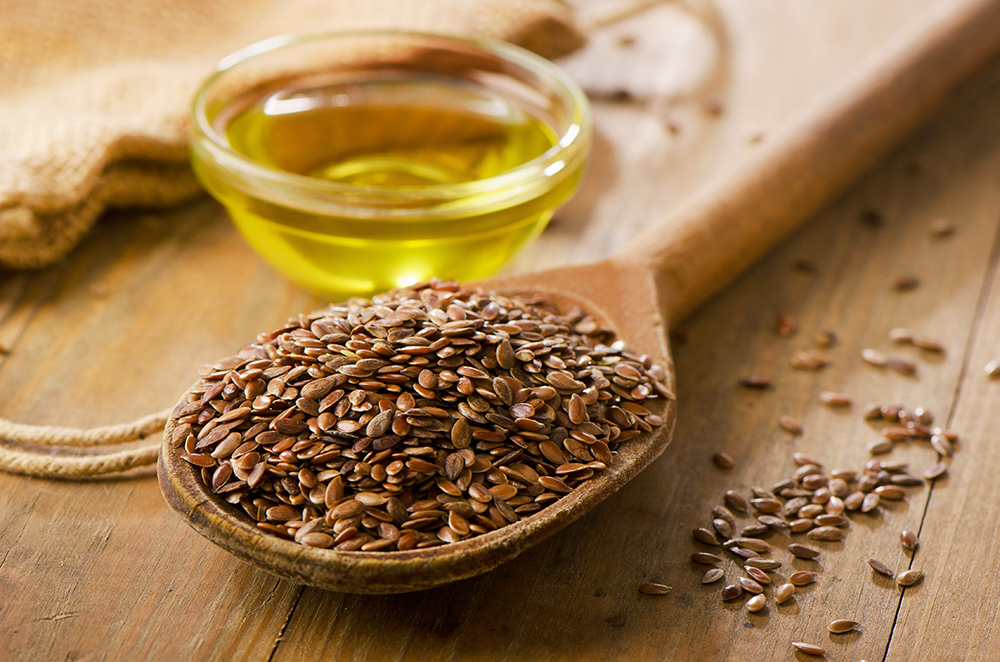
There is no waste when using the flax plant. The production of its various products is also cost effective.
The wonders and benefits of using this plant reach beyond what it produces. Flax is durable. It can grow in poor soil and in different climates. That included being able to grow in areas that don’t have suitable grounds for food crops. It does not require additional water from when it rains. It also does not require large amounts of energy to process it.
Many comparisons have been made between linen and cotton, showing several favorable factors for linen:
- Its need for water is much less than that of cotton.
- Linen usually needs fewer pesticides.
- Linen fabrics are heavier and stronger than cotton fabrics, which results in materials that last longer.
Other desirable factors for linen and its sustainability are that it is a strong material, and a naturally moth resistant material! Additionally, the material is biodegradable, which means no landfills will be added to. No damage will be done to the soil that absorbs the linen fibers after it’s had a full and lengthy life.
Linen does well in hot climates. Because it is naturally hypoallergenic, it is unlikely that you will develop an allergic reaction from perspiration and contact with the material. It’s actually ideal for many people who have sensitive skin.
Because of its strength and durability, linen products last longer and need replaced less often. Furthermore, the sustainability is far greater than some of the most popular materials on the market currently. While some are still quite durable (such as polyester), they are not eco-friendly, taking up to 200 years to decompose. Linen, believe it or not, when it’s 100% pure, can take as little as two weeks!
As briefly mentioned already, linen products last longer. When cared for properly, linen can last between two and three decades! Traditions of handing linens down to following generations was possible because of the great durability of well cared-for linen items. Over time with proper washing, the material becomes softer, yet also stronger.
There is great versatility for this incredible fabric! Light and medium-weight linens are great for clothing and handkerchiefs, while heavier blends are perfect for curtains, tablecloths and bed sheets.
Quilting can also be done with linen material. Beyond these items found in most every home, some have indulged in upholstered furniture made from this durable fabric.
Did you know that linen makes up 25% of the American dollar bill?
When linens have reached their points of final usefulness, they can actually be recycled for many other uses. Two of the better-known recycling functions of linen are in paper and for car insulating materials. Creative families and homeowners have found ways to use their linen “throw-aways” instead of discarding them. When you make that new linen bedding purchase, save your old set for these things:
- Use them instead of buying plastic tarps for yard and garden clean-up.
- They can be kept in your car’s trunk for unforeseen circumstances that need a covering to keep the seats clean or to absorb spills.
- Use to insulate your shrubs and small trees when the weather turns cold.
- Sheets, or smaller linen items that are finally worn out, can also be used for cleaning.
As you can see, not only is linen versatile, but it is also a great choice for lasting beauty in every home. You can feel good about every purchase, knowing your own carbon footprint is small when choosing linen.

